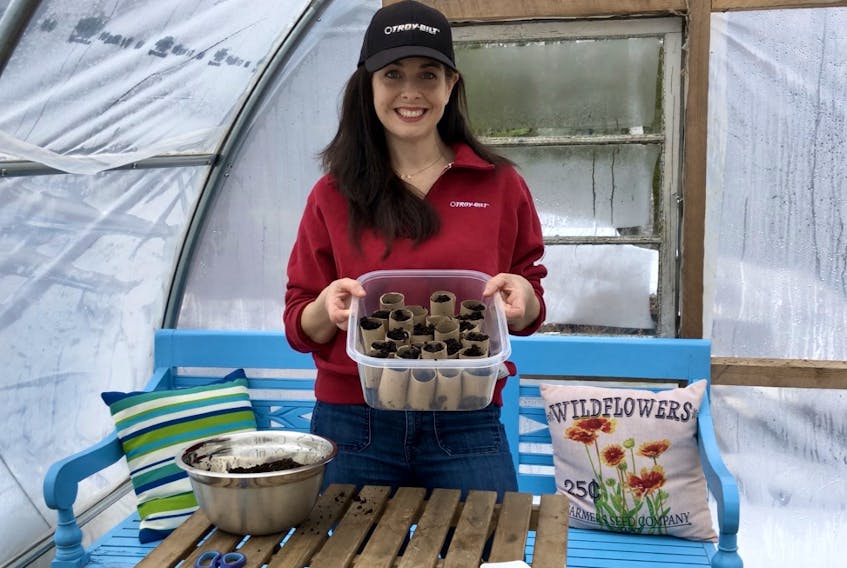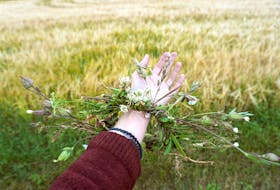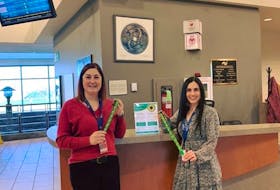March is the season for seed starting with many gardeners beginning to sow vegetable and flower seeds indoors under grow lights and in sunny windows. For years, I sowed the majority of my seeds in plastic cell packs and trays, but I’ve been trying to reduce plastic purchasing and instead have been raiding my home for alternative seed-starting pots.
Many containers can be repurposed for seed sowing. Common materials include paper, cardboard, and single-use plastic food containers. Before you fill them with potting mix and sow seeds, poke holes on the bottoms to allow for good drainage.
Here are five types of materials I have been repurposing for seed starting:
Toilet paper or paper towel tubes
The thin cardboard tubes from toilet paper or paper towel rolls are a popular material for greener seed starting. Toilet paper rolls are cut in half and paper towel rolls cut in quarters. These are then placed in a reusable plastic tub and filled with potting mix.
Cardboard tubes are fine for sowing quick-growing seeds, like cucumbers and squash that are only going to be in their containers for about a month. Any longer and the tubes grow mold and start to disintegrate. Peel off the cardboard before planting the seedlings in the garden, adding it to your compost pile.

Egg cartons
Egg cartons are conveniently divided into 12 pockets for easy seed starting. They are, however, not very large or deep and most types of vegetable and flower seedlings need to be moved to larger pots after about six weeks. Before you fill cardboard or Styrofoam egg cartons with potting soil, poke a hole at the bottom of each pocket.
As with toilet paper rolls, cardboard egg cartons can get moldy on the outside surface and eventually begin to break down. It’s also important to pay attention to soil moisture as egg cartons dry out quickly.
Newspaper pots
Several garden supply stores and websites sell ‘potmakers,’ wooden forms used to shape newspaper into small paper pots. Frugal gardeners can also use a small can, like a tomato paste can as the form for making seed-starting pots.
It’s often said that you can plant the seedling and newspaper pot directly in the ground once it’s time to move the seedling to the garden. I still prefer to peel away the paper as I don’t want any material potentially impeding root growth.
As with any paper or cardboard material, these do break down after four to six weeks and therefore are best for plants that grow quickly; cucumbers, squash, sunflowers, dill, cilantro, leaf lettuce, and other salad greens.
Soil blocks
Soil blockers or molds create a perfect cube of lightly compressed potting mix and require no pot or container. There are different sizes of soil blockers that you can buy with the smallest cubes of soil placed in the larger cubes as the seedlings grow and need more root space.
There is an initial cost for the soil molds, which can range from $35 to $50 each, depending on the size of the soil cube produced. That said, they can then be used for decades.
Recycled containers
Look around your home, and especially the kitchen, for containers for seed starting. I have used yogurt tubs, salad containers, milk jugs, paper coffee cups, and other types of plastic food containers. Before filling them with potting soil, rinse or wash them and add drainage holes to the bottom.
Niki Jabbour is the best-selling author of three gardening books, and a two-time winner of the prestigious American Horticultural Society Book Award. Find her on social media and at SavvyGardening.com.








